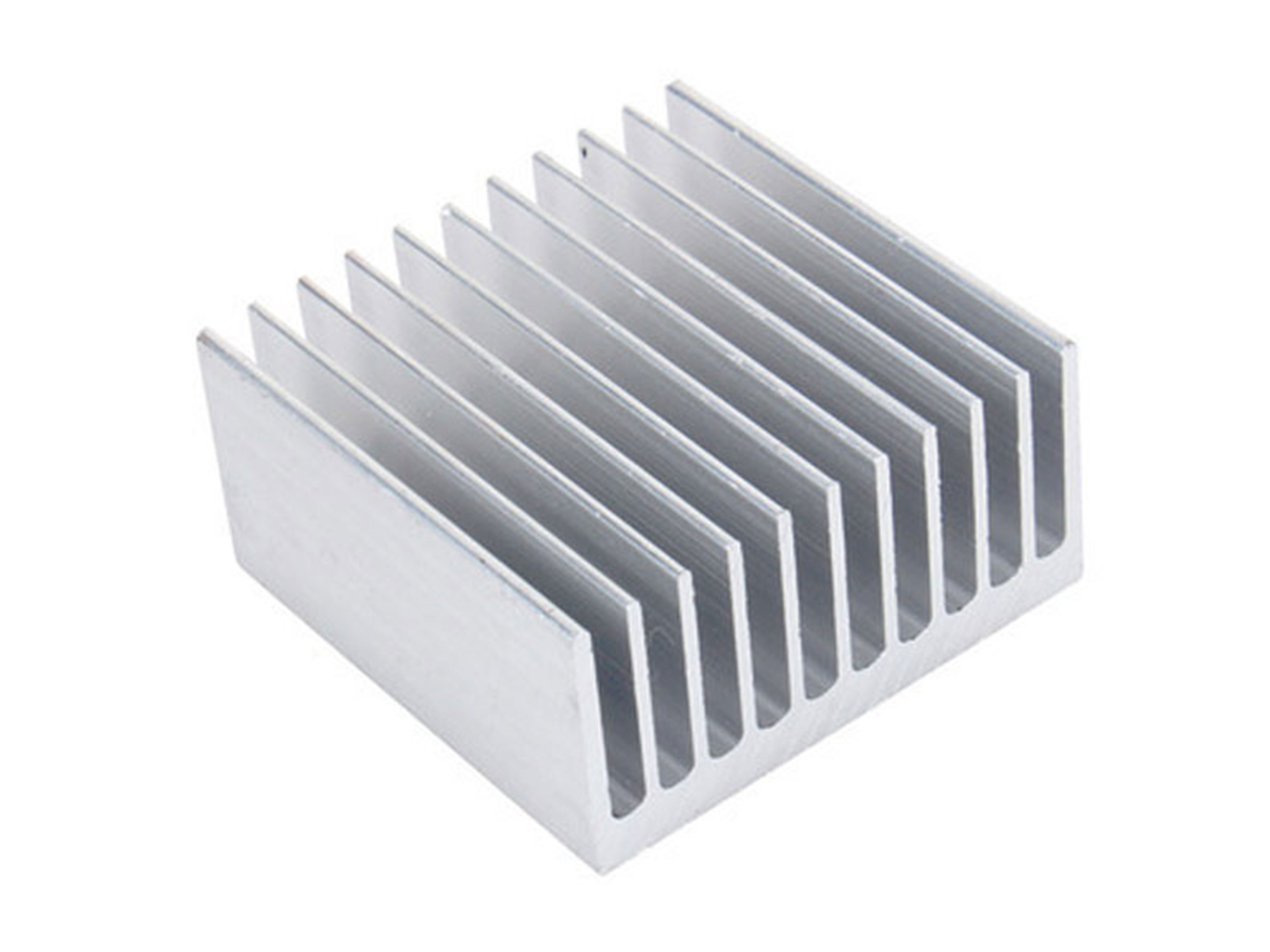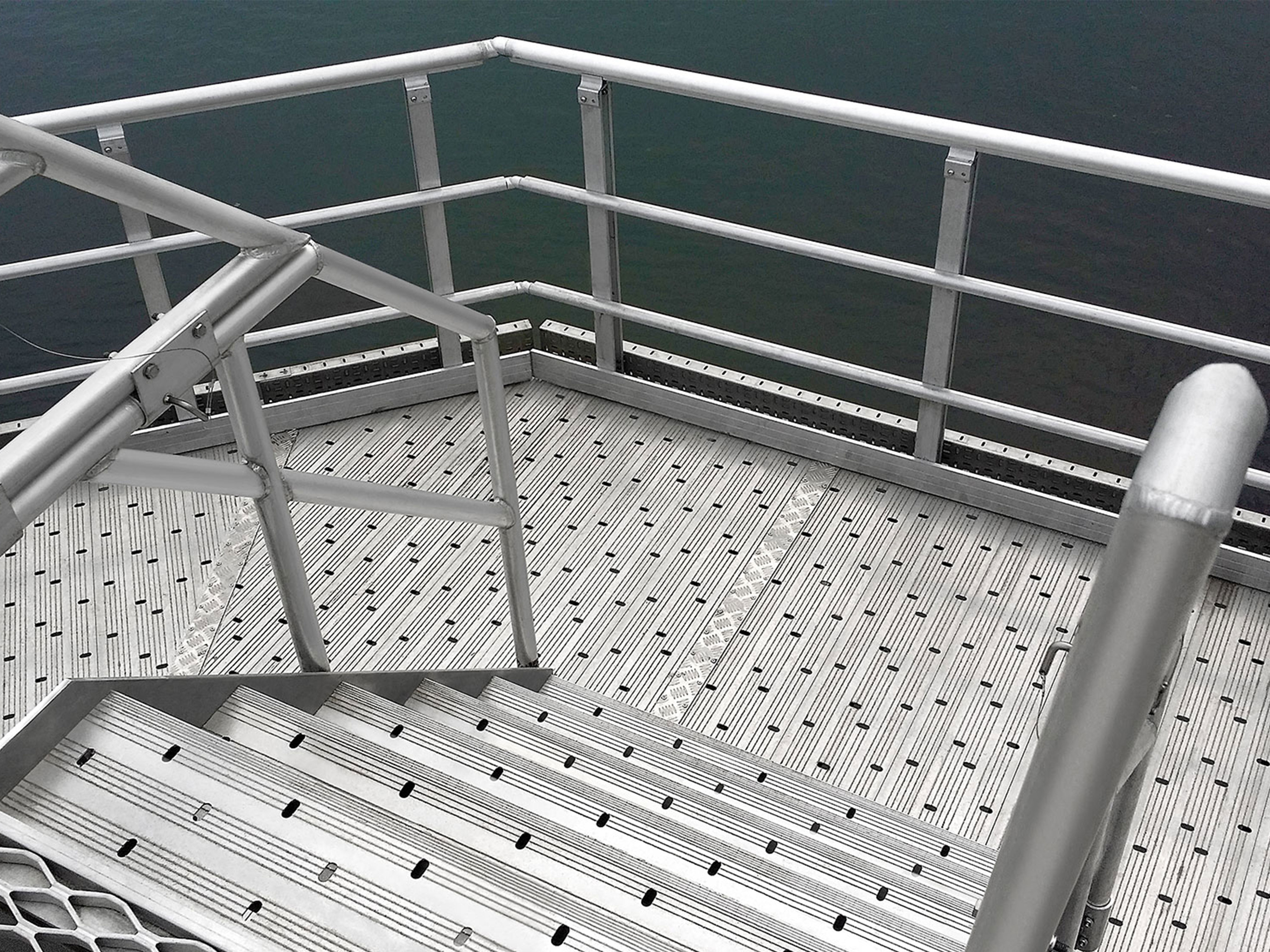Marine Aluminum Heat Sink Profile for Cooling Offshore Marine Electrical Systems
In the ever-demanding offshore marine environment, electrical systems are subjected to extreme conditions—saltwater corrosion, temperature fluctuations, mechanical stresses, and continuous operation. Effective thermal management is thus critical to ensure the reliability and longevity of these systems. Marine aluminum heat sink profiles have emerged as a superior solution for cooling offshore marine electrical apparatus, combining corrosion resistance, lightweight properties, and excellent thermal conductivity.
Why Marine Aluminum for Offshore Heat Sink Profiles?
Traditional heat sink materials like copper or steels face considerable challenges offshore: copper suffers from aggressive marine biofouling and cost constraints; steels are heavy and vulnerable to rust if not adequately protected. Aluminum alloys adopted in marine environments provide an excellent balance thanks to the alloy's high strength-to-weight ratio, ease of fabrication, and intrinsic resistance to corrosion in saline atmospheres.
Fundamental Cooling Mechanism
Heat sinks are primarily thermal conductive pathways. The choice of aluminum alloy influences heat conduction efficiency with parameters such as alloy temper, purity, and microstructural uniformity playing critical roles. A typical marine aluminum heat sink is designed with extended fins or extruded profiles that exponentially increase surface area while ensuring structural robustness in dynamic offshore conditions.
The marine aluminum alloy most extensively used for heat sink profiles in offshore electrical systems typically belongs to the 5xxx or 6xxx series. For instance, Alloy 6061-T6 stands as an excellent candidate due to its superb mechanical and anti-corrosive properties, balanced with a thermal conductivity that sustains efficient heat transfer.
| Property | Alloy 6061-T6 Average Values |
|---|---|
| Chemical Composition (%) | Si: 0.4–0.8, Fe: ≤0.7, Cu: 0.15–0.40, |
| Mn: ≤0.15, Mg: 0.8–1.2, Cr: 0.04–0.35, | |
| Zn: ≤0.25, Ti: ≤0.15, Al: Balance | |
| Yield Strength (MPa) | Around 275 |
| Tensile Strength (MPa) | Around 310 |
| Thermal Conductivity (W/m·K) | 167 |
| Density (g/cm³) | 2.70 |
| Corrosion Resistance | Excellent, especially after anodizing or conversion coating |
Parameters & Implementation Standards
Marine aluminum heat sinks used in offshore electrical systems comply with stringent ASTM, ISO, and DNV (Det Norske Veritas) standards governing quality, mechanical performance, and corrosion resistance:
- ASTM B221: Standard Specification for Aluminum and Aluminum-Alloy Extruded Bars, Rods, Wire, Profiles, and Tubes. It delineates dimensional tolerances and mechanical property requisites for extruded marine aluminum profiles.
- ISO 14993: Guidance for corrosion protection performance testing on marine aluminum alloys.
- DNV GL Rules for Marine Systems: Ensures materials meet sturdiness criteria under relevant offshore environmental stresses.
Maintaining consistency with these standards ensures the marine aluminum heat sink profile’s fitness for long-term application inside offshore power enclosures and junctions.
Insight into Alloy Tempering and Mechanical Considerations
Tempering refers to a treatment cycle controlling an alloy’s microstructure. For 6061 alloys, the T6 temper is characterized by solution heat treatment plus artificial aging, elevating tensile strength and yield attribute significantly while balancing ductility.
Why is T6 temper suitable offshore? The apostrophes between hardness and elasticity deliver tough and sturdy profiles capable of enduring mechanical vibrations and mechanically induced stress typical in offshore vessels or platform architectures. Moreover, T6 alloy’s corrosion resistance, when augmented via anodization or conversion coatings like chromate films, meets the ultra-aggressive salt spray environments without substantial degradation.
Implementation Best Practices for Offshore Electrical Cooling
Extruded Marine Aluminum Profiles: Heat sinks where aluminum is extruded to designs compatible with electrical equipment form-factors maintain optimal contact surfaces for heat dissipation.
Surface Treatment: Passivation/Anodizing post-extrusion to augment external corrosion resistance effectively provides passive protection without impairing thermal conductivity.
Mounting & Thermal Interface Materials: Proper mechanical fastening with high-thermal-conductive interface pads or greases minimize thermal resistance at joint interfaces, maximizing thermal transfer bolanultimate aluminium profile effectiveness.
Related Products
Marine aluminum heat sink profile
Marine Grade Aluminum Heat Sink Profiles utilize alloys such as 6061 and 6063 that not only exhibit high thermal conductivity but also possess excellent corrosion resistance required for saltwater exposure.
View DetailsMarine aluminum fencing and railings
Marine Grade Aluminum Fencing and Railings are fabricated using marine-grade aluminum alloys such as 5083, 5052, and 6061, which are engineered specifically for protection against saltwater corrosion and marine atmospheric conditions.
View DetailsMarine aluminum customized shapes
Marine Grade Aluminum Customized Shapes encompass a broad range of aluminum extrusions and fabrications engineered beyond standard profiles—such as channels, angles, tubes, and beams—into complex, project-specific geometries.
View DetailsRelated Blog
5083 Marine Aluminum Fencing and Railings for Custom Coastal Guardrails
5083 marine aluminum is a widely used alloy for coastal guardrails, fencing, and railings because it combines excellent corrosion resistance in seawater environments, strong mechanical properties, and good weldability.
View DetailsMarine Aluminum Fencing and Railings for Durable Boat Deck Guardrails
OverviewMarine aluminum fencing and railings are purpose-designed alloy systems used for guardrails, handrails, stanchions, and safety barriers on boats, docks, marinas, and waterfront properties.
View DetailsMarine Aluminum Fencing and Railings for Custom Boat Deck Guardrails
Marine Aluminum Fencing and Railings: The Ultimate Choice for Custom Boat Deck GuardrailsWhen it comes to constructing custom boat deck guardrails, marine aluminum fencing and railings are emerging as the industry’s top choice.
View Details6061 Marine Aluminum Customized Shapes for Lightweight Offshore Platform Design
Explore how 6061 marine aluminum customized shapes offer superior strength, corrosion resistance, and lightweight characteristics essential for innovative offshore platform design, enabling robust and efficient marine structures.
View Details5052 Marine Aluminum Customized Shapes for High Strength Offshore Platforms
Superior qualities of 5052 Marine Aluminum, a high-strength material ideal for customized shapes used in offshore platforms. Learn about its key features, applications, and technical specifications.
View Details6063 Marine Aluminum Heat Sink Profile for Seawater Resistant Cooling Systems for Boats
When it comes to boats and marine systems, efficient heat dissipation combined with exceptional corrosion resistance is crucial for reliable operations.
View Details











Leave a Message